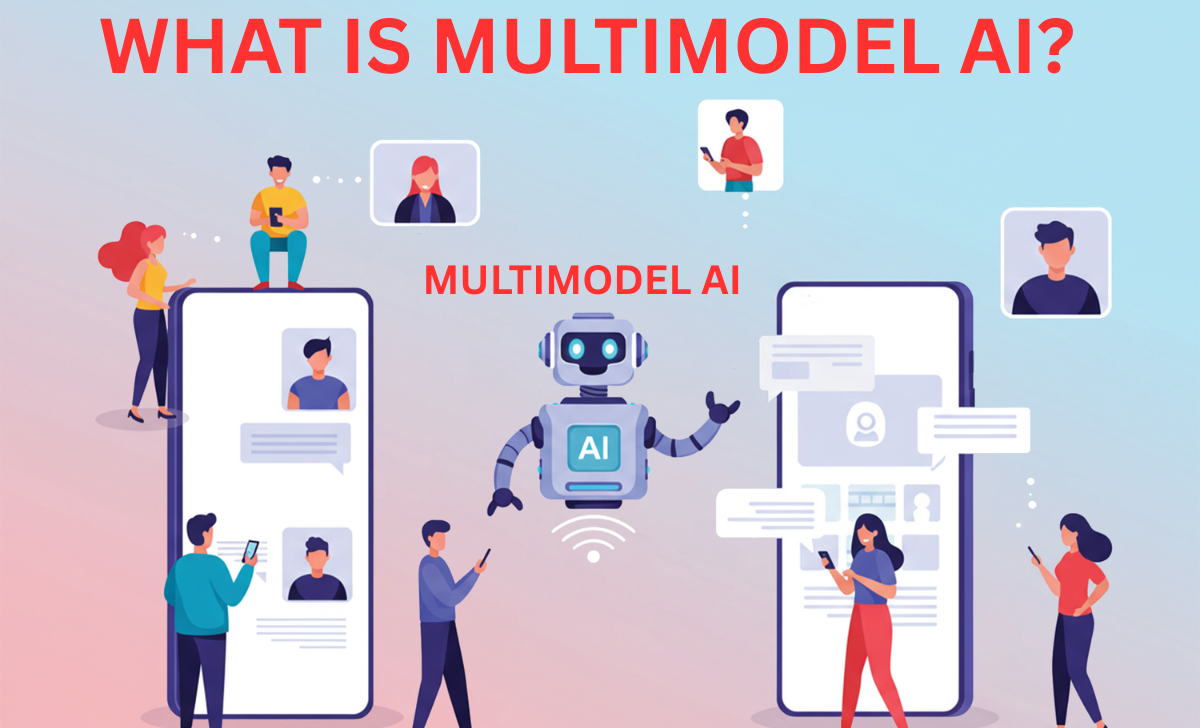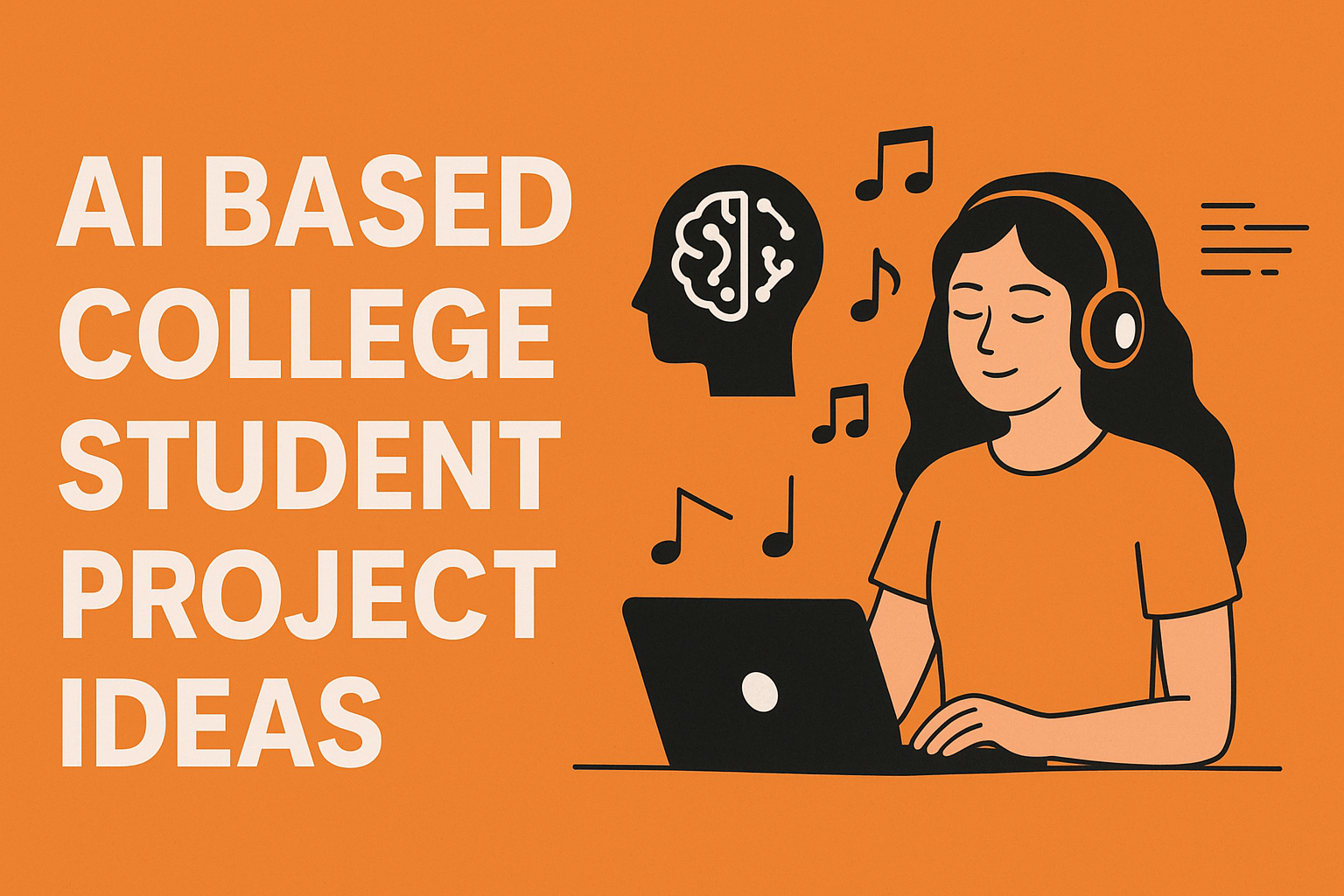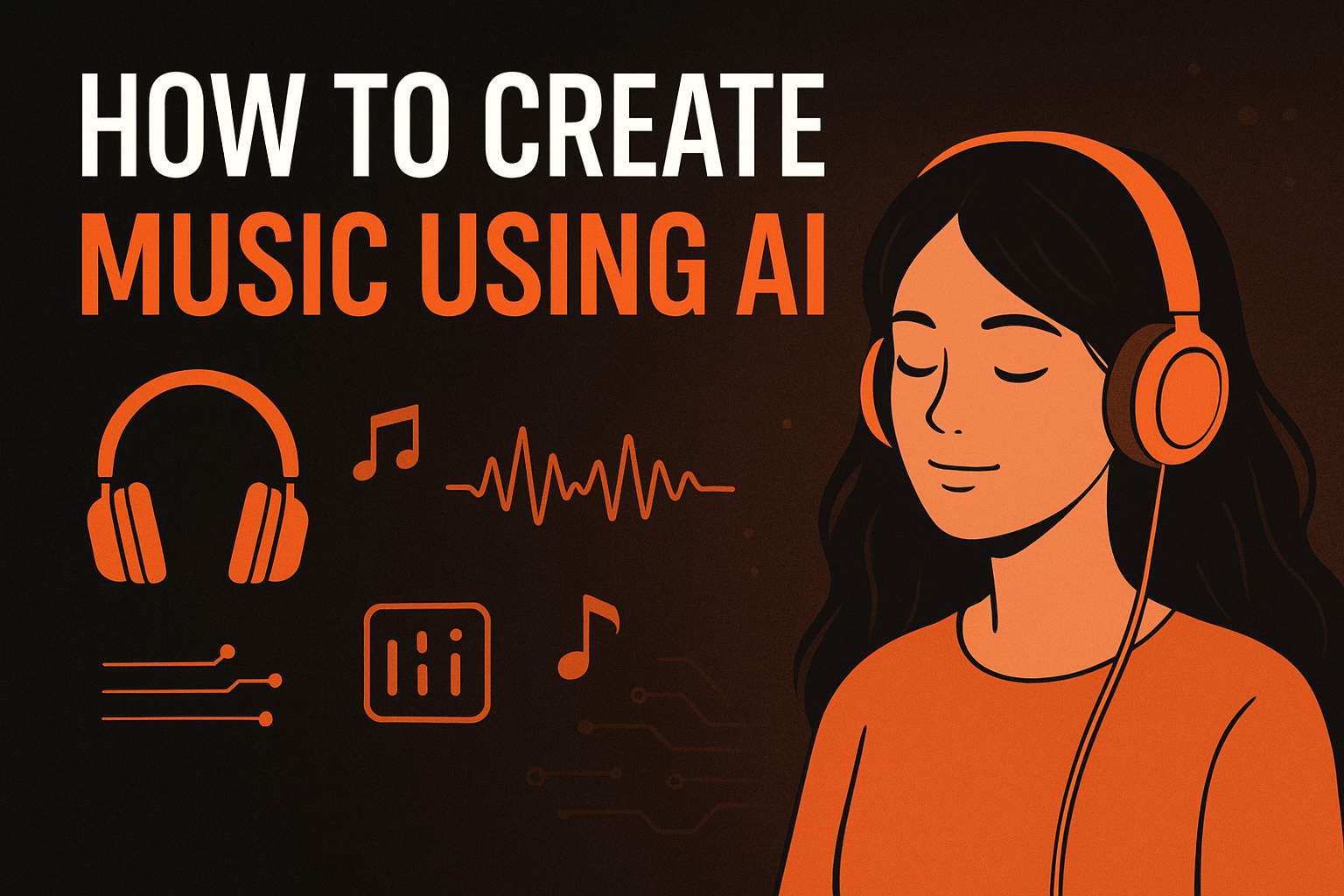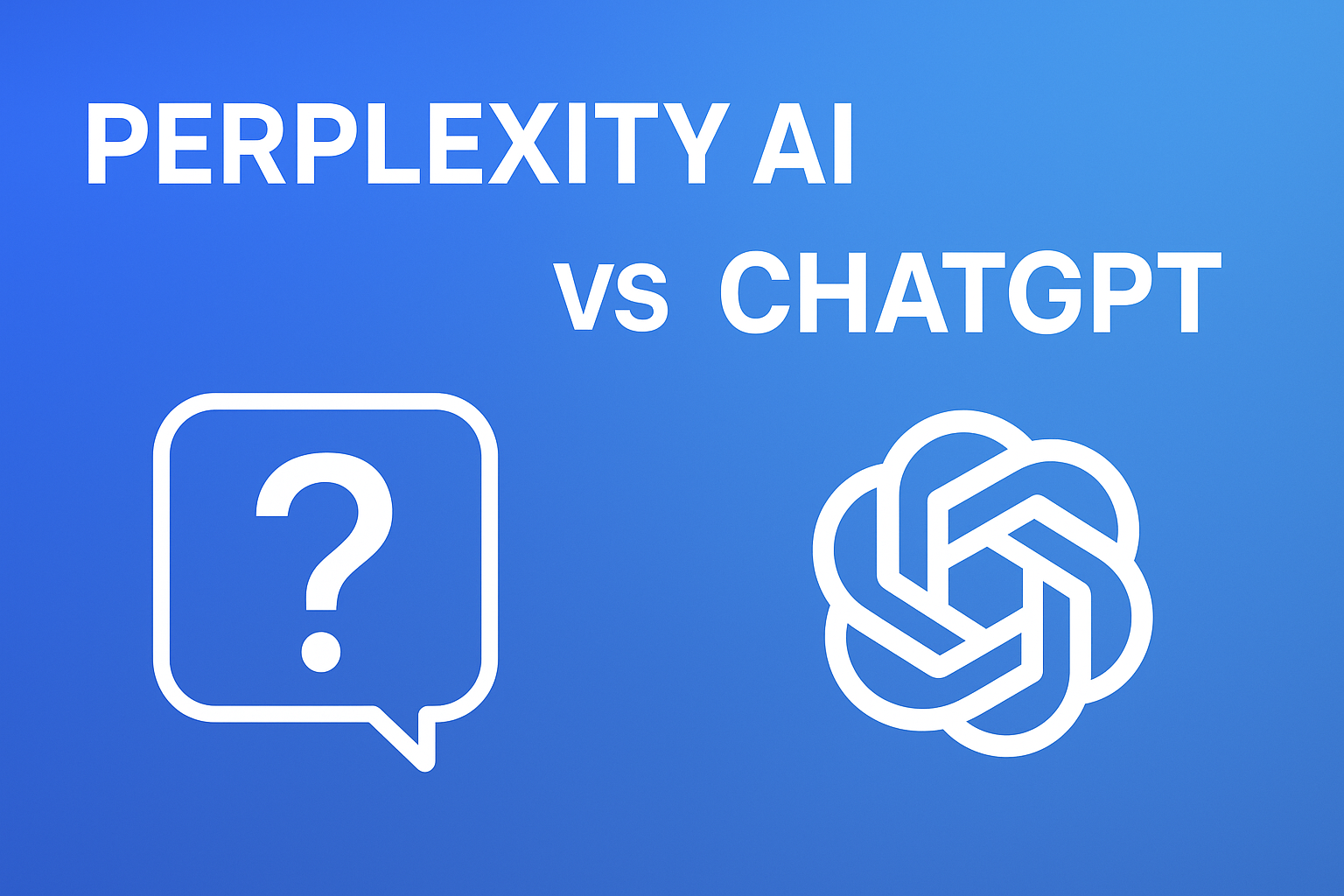Introduction: The Human Side of Intelligent Understanding
Imagine a friend who not only listens to your words but also watches your gestures, understands the tone of your voice, and interprets the images you show. That’s the essence of Multimodal AI.
It’s the branch of artificial intelligence that allows machines to understand and process multiple types of data such as text, speech, images, video, and even sensory input in combination, just like humans do.
In this Multimodal AI? Free Guide for All, we’ll explore what makes this technology so groundbreaking, how it works, real-world examples that prove its power, and what the future holds.
Whether you’re a business owner, a student, or a tech enthusiast, you’ll walk away with a clear, practical understanding of how multimodal AI is transforming interaction and intelligence across industries.
What Exactly Is Multimodal AI?
Multimodal AI refers to systems capable of understanding and generating information across multiple modalities or types of input and output. Traditional AI models, such as chatbots or image recognition systems, often rely on a single data form. For example:
- Text-based models understand written input.
- Image models analyze visual data.
- Speech models process voice commands.
Multimodal AI combines these abilities into one cohesive system. It can read text, see images, hear voices, and even interpret video footage simultaneously to draw more accurate and context-aware conclusions.
Think of it like this: instead of teaching an AI to understand one sense, multimodal AI gives it multiple senses, allowing it to experience the world more like a human does.
How Does Multimodal AI Work?
At the core of multimodal AI is a process called data fusion, which integrates information from various modalities to create a unified understanding. Let’s break it down step by step.
1. Data Collection
The system collects inputs from multiple sources images, speech, videos, text documents, or sensor data.
For example, in an autonomous vehicle:
- Cameras provide visual input.
- LiDAR sensors detect distance and depth.
- Audio sensors pick up environmental sounds.
All of this data comes together to help the car “see” and “understand” the world accurately.
2. Feature Extraction
Each modality carries its own unique type of information. The AI system uses specialized neural networks to extract features:
- CNNs (Convolutional Neural Networks) for image and video recognition.
- RNNs or Transformers for text and speech understanding.
These extracted features become numerical representations that the model can process collectively.
3. Data Alignment
To merge the information effectively, the system aligns the features based on context and timing. For example, matching the spoken words in a video with the corresponding visual frames.
4. Data Fusion
This is where multimodal AI truly shines. The aligned features are combined using advanced architectures such as:
- Transformer-based fusion models
- Cross-attention mechanisms
- Joint embedding spaces
These methods allow the AI to connect relationships between modalities. For instance, recognizing that a person frowning in an image while saying “I’m fine” might indicate emotional distress.
5. Decision Making or Output Generation
Once fused, the model can perform tasks such as classification, prediction, recommendation, or content generation. This could mean writing a text summary from a video, identifying an emotion from a voice and face, or creating a detailed report based on combined inputs.
Why Multimodal AI Matters
The significance of multimodal AI goes beyond just impressive technology it represents a deeper step toward human-like understanding. Here’s why it’s so impactful:
1. Contextual Understanding
Words alone can be ambiguous. For example, if someone says “I’m fine,” the meaning can change depending on facial expression, tone, or context.
Multimodal AI decodes these nuances, giving a richer and more accurate interpretation.
2. Seamless Human–Machine Interaction
By combining visual, auditory, and linguistic data, multimodal systems make communication with machines more natural. Imagine a healthcare assistant who not only listens to your symptoms but also observes facial cues for pain or fatigue.
3. Better Decision Making
In fields like medicine, security, or manufacturing, relying on one data type can lead to errors. A multimodal system draws from multiple data streams, leading to more reliable insights.
4. Creative Applications
From generating artwork based on written prompts to producing short films from scripts, multimodal AI opens doors to artistic and entertainment fields previously untouched by automation.
Real-World Examples of Multimodal AI
1. OpenAI’s GPT-4 and Beyond
Models like GPT-4 are capable of processing text and images together. You can upload an image of a chart, and the model can describe it, interpret trends, or even answer questions based on what it sees.
2. Google Gemini
Google’s Gemini AI integrates text, audio, and image understanding to improve context-aware responses. It can read a document, watch a related video, and summarize insights cohesively.
3. Tesla’s Autopilot System
Tesla’s self-driving system uses a combination of cameras, radar, ultrasonic sensors, and AI models to make driving decisions. This is a practical example of multimodal learning in real-world safety-critical environments.
4. Healthcare Diagnostics
In hospitals, multimodal AI assists radiologists by combining imaging data (like MRI scans) with patient records and lab results. This approach helps detect conditions faster and with greater precision.
5. Retail & E-commerce
Multimodal recommendation engines combine visual inputs (product images) with textual data (reviews and descriptions) to personalize shopping experiences.
Key Technologies Behind Multimodal AI
To understand the mechanics behind this advanced capability, let’s look at the underlying technologies.
1. Transformers
Transformers are the backbone of most modern AI systems. They use attention mechanisms to capture relationships between different parts of data crucial when merging multimodal inputs.
2. Vision-Language Models (VLMs)
These models are trained on datasets that contain both images and text. Examples include CLIP (Contrastive Language–Image Pretraining) by OpenAI and Flamingo by DeepMind.
3. Large Multimodal Models (LMMs)
Large Multimodal Models extend the concept of large language models to multiple input types. They can read, see, hear, and respond in integrated ways, setting a new standard for general-purpose intelligence.
4. Cross-Attention Layers
Cross-attention allows the model to focus on relevant connections between modalities for instance, linking an image of a dog with the word “dog” in a caption.
Challenges of Multimodal AI
No innovation comes without obstacles. As multimodal systems expand, developers and businesses face new challenges:
1. Data Alignment
Synchronizing multiple data types in time and context is complex. A slight mismatch can lead to misinterpretation or faulty results.
2. High Computational Cost
Processing multimodal data requires powerful hardware and vast resources. Training these models can be expensive and environmentally demanding.
3. Data Privacy
When combining sensitive data types (such as medical images and personal records), privacy protection becomes critical.
4. Interpretability
Explaining why a multimodal model made a particular decision is often more difficult than with single-modality systems.
5. Ethical Considerations
Misuse in areas like deepfakes or surveillance raises concerns about responsible development and application.
Applications Across Industries
Multimodal AI is not limited to tech companies. Its adaptability makes it valuable across multiple sectors:
Healthcare
- Early disease detection by combining imaging and textual data.
- Predicting patient outcomes using electronic health records and scan data.
- Virtual healthcare assistants that can see, listen, and analyze symptoms.
Education
- Smart learning platforms that interpret student emotions via webcam and voice.
- Interactive AI tutors capable of responding to both verbal and visual cues.
Entertainment
- Video editing tools that automatically generate subtitles and summaries.
- Music or art generation from text prompts combined with visual mood boards.
Manufacturing
- Quality inspection systems that combine video analytics with sensor data to detect faults in real time.
Security and Defense
- Surveillance systems that merge video feeds, sound detection, and contextual text analysis for early threat identification.
Customer Experience
- Virtual agents that can interpret emotions from voice tone and facial expression to provide more empathetic service.
How to Build a Simple Multimodal AI System
You don’t need a supercomputer to experiment with multimodal AI. Here’s a simplified approach:
Step 1: Choose Your Modalities
Decide which data types you’ll use, for instance, text and images, for a caption generation tool.
Step 2: Collect and Prepare Data
Gather labelled datasets that pair the chosen modalities, like image-caption pairs (e.g., MS COCO dataset).
Step 3: Select a Model Framework
Use open-source libraries such as:
- Hugging Face Transformers
- OpenAI CLIP
- PyTorch Lightning
Step 4: Train or Fine-Tune the Model
Fine-tuning pre-trained models saves time and resources. You can adjust the model to your specific task or domain.
Step 5: Test and Evaluate
Assess performance on unseen data. Measure metrics like accuracy, relevance, or F1-score depending on your objective.
Step 6: Deploy and Monitor
Integrate the model into your application or platform. Continuously monitor for biases, errors, and ethical compliance.
Future of Multimodal AI
The evolution of multimodal AI is heading toward more autonomy, personalization, and cross-domain intelligence.
Here’s what experts predict in the coming years:
- AI Companions that truly understand human emotions through combined voice, text, and visual recognition.
- Unified AI Systems that can switch between tasks from summarizing a document to analyzing a photo without separate models.
- Accessible Tools that bring multimodal capabilities to small businesses and educators without requiring deep technical knowledge.
- Human–AI Collaboration where multimodal systems act as co-creators, enhancing creativity rather than replacing it.
This technology’s success will depend on ethical design, transparent governance, and making AI accessible to all, which brings us back to the spirit of this Multimodal AI. Free Guide for All: inclusivity and education.
A Step Toward Truly Intelligent Systems
Multimodal AI isn’t just a technological milestone; it’s a shift toward machines that understand context, emotion, and complexity more deeply. By merging multiple data streams, it bridges the gap between human perception and artificial cognition.
As this field evolves, it’s essential to prioritise responsible development, creativity, and accessibility. Whether you’re a developer, entrepreneur, or curious learner, understanding how multimodal AI works gives you a head start in a world where interaction with machines is becoming more natural, intuitive, and meaningful.
In essence, Multimodal AI represents the next frontier of intelligent systems, and this free guide for all is your invitation to explore it.




